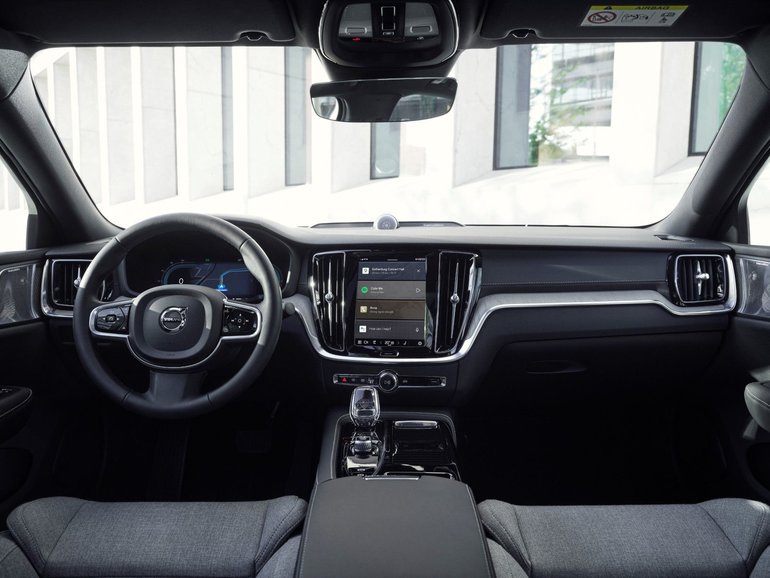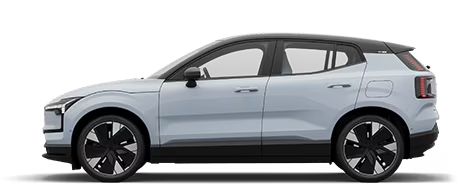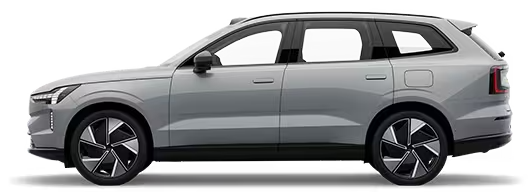Understanding the Volvo Pilot Assist System
July 31 2024,

The Volvo Pilot Assist system is a cornerstone of Volvo’s advanced driver assistance technologies, designed to enhance both safety and convenience for drivers. Introduced as part of Volvo’s commitment to reducing accidents and paving the way for autonomous driving, Pilot Assist integrates several sophisticated features to assist drivers in various driving conditions. Here’s an in-depth look at what you need to know about the Volvo Pilot Assist system.
What is Pilot Assist?
Pilot Assist is a semi-autonomous driving aid available in many modern Volvo vehicles. It combines adaptive cruise control and lane-keeping assistance to help the driver maintain a set speed, keep a safe distance from the vehicle ahead, and stay centered within the lane. Unlike full autonomous systems, Pilot Assist requires the driver to keep their hands on the steering wheel and remain attentive to the road.
Key Features
- Adaptive Cruise Control: This feature allows the car to automatically adjust its speed to maintain a safe following distance from the vehicle in front. The system can slow down or accelerate the vehicle as needed, ensuring smooth and safe driving even in varying traffic conditions.
- Lane Keeping Aid: Pilot Assist helps keep the vehicle within its lane by providing gentle steering inputs. It uses cameras to monitor the lane markings and makes necessary adjustments to keep the car centered. This feature is particularly useful during long highway drives, reducing driver fatigue.
- Stop and Go Functionality: In traffic conditions, Pilot Assist can bring the car to a complete stop and resume driving when the traffic starts moving again. This functionality adds significant convenience in congested urban environments.
- Speed and Distance Settings: The system allows the driver to set the desired speed and the preferred distance from the vehicle ahead. These settings can be adjusted easily using controls on the steering wheel.
Benefits of Pilot Assist
- Enhanced Safety: By helping to maintain a safe following distance and ensuring the vehicle stays within its lane, Pilot Assist significantly reduces the risk of accidents caused by driver error.
- Reduced Driver Fatigue: Long drives can be exhausting, but with Pilot Assist handling some of the driving tasks, drivers can experience reduced fatigue, making long journeys more comfortable.
- Improved Traffic Handling: The stop-and-go functionality is particularly beneficial in heavy traffic, making the driving experience less stressful and more manageable.
Limitations
While Pilot Assist is an advanced system, it is not without its limitations. It is classified as a Level 2 autonomous system, meaning that the driver must remain engaged and be prepared to take over at any moment. The system relies heavily on clear lane markings and may struggle in adverse weather conditions or poorly marked roads. Additionally, sharp curves or sudden lane changes by other drivers can challenge the system’s responsiveness.
Future Developments
Volvo continues to innovate and improve its driver assistance technologies, with future updates expected to enhance the capabilities of Pilot Assist. As autonomous driving technology advances, features like Pilot Assist will play a crucial role in transitioning towards fully autonomous vehicles.
Conclusion
The Volvo Pilot Assist system is a significant step towards safer and more convenient driving. By blending adaptive cruise control with lane-keeping assistance, it offers a more relaxed driving experience while ensuring that safety remains a top priority. However, it is essential for drivers to understand its limitations and remain vigilant, as full autonomy is not yet achieved. With ongoing advancements, systems like Pilot Assist are paving the way for a future where autonomous driving becomes a reality.
































